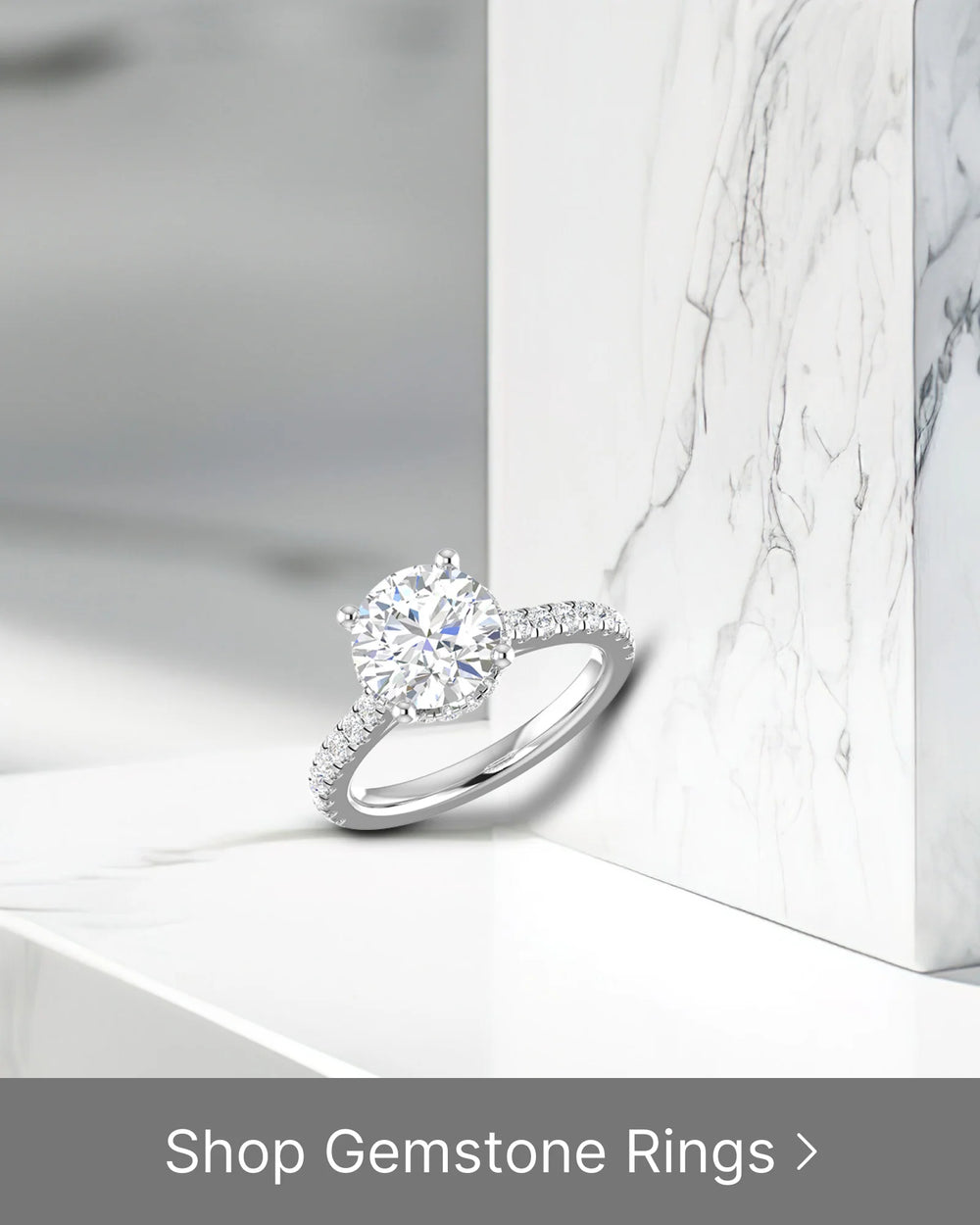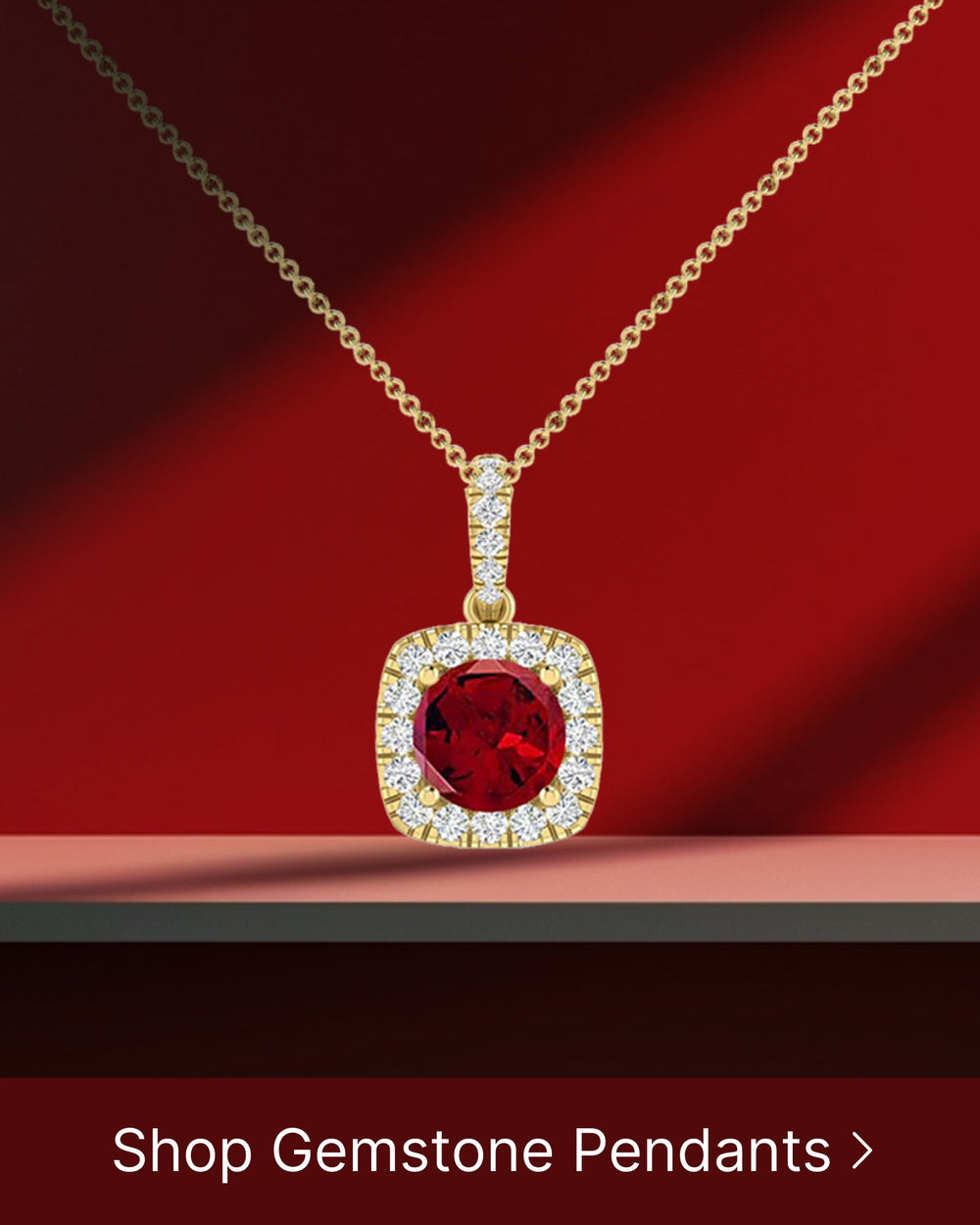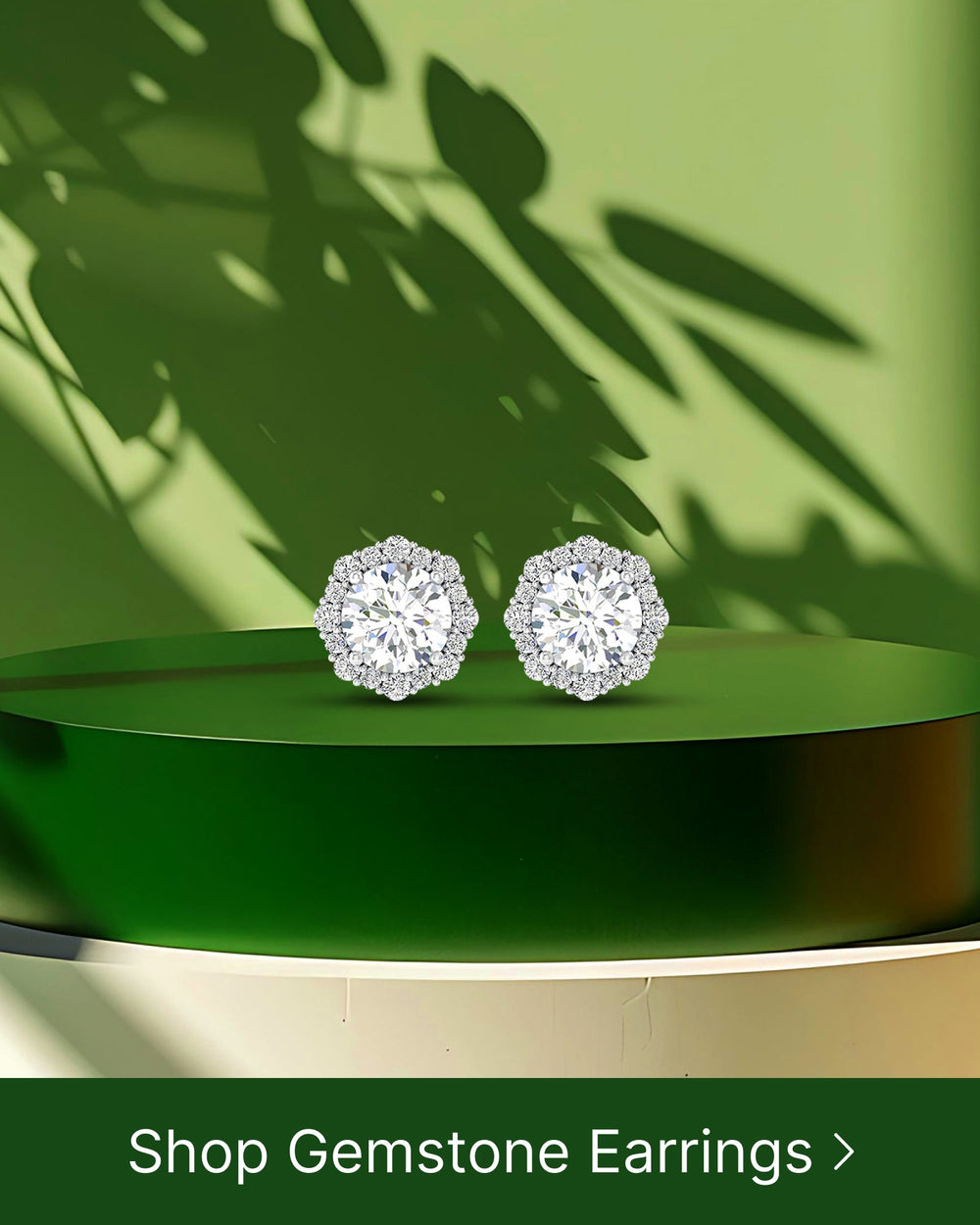Are you curious about the enigmatic allure of platinum patina? In this comprehensive guide, we will delve into the captivating world of platinum patina and explore its unique chemistry, aesthetic appeal, formation process, maintenance tips, and more. So, grab a cup of coffee and prepare to be mesmerized by the ultimate guide to platinum patina.
Understanding Platinum Patina
What is Platinum Patina?
Platinum patina refers to the thin layer that forms on the surface of platinum jewelry over time. Unlike tarnish, which diminishes the beauty of other metals, patina enhances the appearance of platinum, giving it a distinct and sophisticated look.
But what exactly is patina? Patina is a natural phenomenon that occurs when a metal reacts with its environment, resulting in a change in its appearance. In the case of platinum, this reaction creates a layer of patina that adds depth and character to the jewelry.
When platinum jewelry is exposed to oxygen and other elements in the air, a chemical process called oxidation takes place. This process causes the surface of the platinum to undergo a transformation, resulting in the formation of patina. Over time, the patina becomes more pronounced, giving the jewelry a unique and individualized look.
The Science Behind Patina Formation
So, how does patina form on platinum? The complex interaction between platinum and its surroundings plays a vital role in patina formation. When platinum comes into contact with oxygen and other elements in the environment, a process called oxidation takes place, leading to the formation of patina.
But it's not just oxygen that contributes to patina formation. Factors such as humidity and temperature also play a significant role. Higher levels of humidity can accelerate the oxidation process, resulting in a faster formation of patina. Similarly, extreme temperatures can affect the rate at which patina develops on platinum jewelry.
Interestingly, even the wearer's body chemistry can influence the formation of patina. The natural oils and acids present on the skin can react with the platinum, causing it to develop a unique patina. This means that two pieces of platinum jewelry worn by different individuals may develop distinct patinas over time.
It's important to note that patina is not a sign of damage or deterioration. On the contrary, it is a natural and desirable characteristic of platinum jewelry. The formation of patina is what gives platinum its timeless beauty and allure.
Various factors, such as humidity, temperature, and even the wearer's body chemistry, can influence the rate of patina formation. This fascinating process adds depth and character to platinum jewelry, making each piece truly unique.
The Aesthetic Appeal of Platinum Patina
Platinum patina, with its distinctive appearance, is truly a sight to behold. The muted, grayish tones of patina create an understated elegance that sets platinum apart from other precious metals. It is this unique quality that makes platinum patina so captivating.
When patina forms on platinum jewelry, it imbues it with a sense of both history and timelessness. It's as if the piece has a story to tell, a tale of years gone by. This sense of nostalgia adds a layer of charm and intrigue to the jewelry, making it all the more special.
The Unique Look of Platinum Patina
But what exactly gives platinum patina its one-of-a-kind look? It's a combination of factors, including the natural aging process of platinum and the way it reacts with its surroundings. Over time, platinum develops a thin layer of oxidation on its surface, which gives rise to the beautiful patina.
The grayish tones of patina are not only visually appealing but also versatile. They can effortlessly complement any outfit or style, making platinum jewelry a versatile choice for any occasion. Whether you're attending a formal event or simply going about your day, platinum patina will add a touch of sophistication to your ensemble.
How Patina Enhances Platinum Jewelry
Patina does more than just add a unique look to platinum jewelry. It also enhances the overall design of the piece, bringing out its intricacies and adding depth and texture to the surface. The subtle variations in color and texture created by patina make each piece of platinum jewelry truly one-of-a-kind.
Imagine a vintage-inspired platinum ring adorned with intricate filigree work. With the addition of patina, the delicate details of the filigree become more pronounced, adding a sense of artistry and craftsmanship to the ring. Similarly, a modern pendant with clean lines and geometric shapes can be transformed into a statement piece with the addition of patina, giving it an edgy yet elegant look.
Furthermore, patina can also help to highlight gemstones set in platinum jewelry. The contrast between the muted tones of patina and the vibrant colors of gemstones creates a visually striking effect that draws attention to the center stone. This interplay between patina and gemstones adds another layer of complexity and beauty to the piece.
In conclusion, platinum patina is not just a surface treatment; it is a transformative element that elevates the aesthetic appeal of platinum jewelry. Its unique look, enhanced design, and versatility make platinum patina a popular choice among jewelry enthusiasts. So, whether you're looking for a vintage-inspired piece or a modern design, consider platinum jewelry with patina for a touch of elegance and individuality.
The Process of Platinum Patina Formation
Natural Patina Formation Over Time
Patina formation is a natural process that occurs gradually over time. As you wear your platinum jewelry, it develops a lovely patina that tells a story of its own. This natural patina not only enhances the aesthetic appeal but also adds value to the piece as a testament to its authenticity and longevity.
Platinum, known for its durability and resistance to corrosion, undergoes a unique transformation as it interacts with its environment. The metal reacts with oxygen, moisture, and various other elements present in the atmosphere, resulting in the formation of a thin layer on the surface known as patina. This patina can range in color from a soft gray to a warm, golden hue, depending on the specific composition of the environment.
Over time, the patina becomes more pronounced, creating a distinct character for each piece of platinum jewelry. This natural aging process is highly valued by collectors and enthusiasts, as it adds a sense of history and uniqueness to the piece. The patina tells a story of the wearer's experiences, capturing memories and moments in time.
Accelerating Patina Formation: Techniques and Methods
For those who desire the allure of patina without the wait, there are various techniques to accelerate the formation process. From introducing specific chemicals to adopting different cleaning routines, these methods can help you achieve the desired patina effect more quickly.
One method involves using liver of sulfur, a chemical compound that reacts with the surface of platinum, creating an instant patina. By carefully applying and controlling the concentration and duration of exposure, jewelers can achieve different shades and intensities of patina. This technique requires skill and expertise to ensure a consistent and aesthetically pleasing result.
Another approach to accelerating patina formation is through controlled oxidation. This involves exposing the platinum jewelry to a controlled environment with increased levels of oxygen and moisture. The extended exposure to these elements speeds up the natural oxidation process, resulting in a more rapid development of patina. However, it is important to exercise caution when attempting this method, as excessive exposure to moisture and oxygen can potentially damage the jewelry if not properly controlled.
It is worth noting that while accelerated patina formation can provide immediate results, it may not have the same depth and complexity as the natural patina that develops over time. The gradual aging process allows for a more nuanced and intricate patina, which is highly sought after by collectors and connoisseurs.
However, it is important to exercise caution when attempting to speed up patina formation. Consulting a professional jeweler is highly recommended to ensure the long-term integrity of the piece. A skilled jeweler can guide you through the process, offering expert advice and ensuring that the techniques used are suitable for your specific piece of platinum jewelry.
Caring for Platinum Patina
Cleaning and Maintenance Tips
To maintain the beauty of platinum patina, regular cleaning and maintenance are essential. However, it is crucial to strike a delicate balance between preserving the patina and removing dirt or grime.
Gentle cleaning with mild, non-abrasive solutions and soft brushes can help keep your platinum jewelry sparkling while preserving the patina. Avoid harsh chemicals or ultrasonic cleaning, as these can potentially strip away the patina.
When to Consider Professional Cleaning
While regular at-home cleaning is generally sufficient, there may come a time when professional cleaning becomes necessary. Professional jewelers possess the expertise to clean and restore platinum jewelry while preserving the delicate patina. If your piece requires extensive cleaning or repair, it is advisable to seek professional assistance.
The Durability and Longevity of Platinum Patina
How Long Does Platinum Patina Last?
The durability of platinum patina is one of its remarkable qualities. Unlike other surface treatments that fade or wear off over time, platinum patina is known for its longevity. With proper care, platinum patina can last for a lifetime, providing a lasting testament to the enduring beauty of platinum jewelry.
Factors Affecting Patina Durability
Various factors can impact the longevity of platinum patina. The wearer's lifestyle, exposure to chemicals, and even the frequency of cleaning can influence how long the patina remains intact. While the patina may evolve over time, the essence of its allure endures.
Platinum patina is a captivating phenomenon that adds an extra layer of artistry and distinction to platinum jewelry. Its unique chemistry, aesthetic appeal, and enduring nature make it a cherished choice for those seeking both elegance and longevity. The journey of platinum patina is as rich as the lustrous metal itself, and embracing this natural transformation is a commitment to the beauty of the ages.






